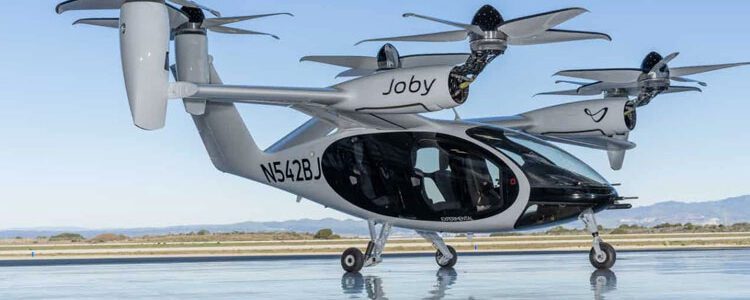
Dubai authorities are again talking about launching a flying cab service. It is expected that such transport will work by 2026.
Talks about flying cabs have been going on in the UAE commercial capital famous for its architectural wonders since 2017, a number of companies intend to participate in the implementation of the project.
The head of Dubai, Sheikh Mohammed bin Rashid Al Maktoum, recently announced the relaunch of a program to develop flying cabs. This time, in a commercial, Dubai introduced an electric flying cab created by Joby Aviation of Santa Cruz, California.
Previously, the EHang 184 and XPeng X2 made in China, as well as an electric Volocopter from Germany, were also shown in Dubai.
According to Ahmed Bahrozian of the emirate’s Roads and Transportation Authority, implementation of the plan “is still just beginning.” “We have not yet signed a contract with any partner,” he specified.
According to the published program, the city plans to create four “vertiports”: near Dubai International Airport, the world’s busiest, near downtown Dubai, the Palm Jumeirah Archipelago and Dubai Marina. These points will include two launch pads and four charging points for flying cabs.
“We believe that these are attractive areas with business and tourist price-tracks that can be in demand,” Bahrozian noted.
According to him, the prices for flying cabs “will be the same as limousines in Dubai, maybe a little higher. Right now, limousines cost about 30 percent more than a regular cab, with a minimum cost of about $3.25 or $0.50 per kilometer.
According to the plan, manned flying cabs would be used first, rather than autonomous cabs as previously discussed. However, Bahrozian clarified that testing will continue with autonomous flying cabs as well.
Joby’s manned prototype with four passenger seats can fly more than 240 kilometers without recharging, making Abu Dhabi and other parts of the country within reach. It takes off and lands vertically, and its rotors tilt forward in flight. The machine has a top speed of 320 km/h.
The advent of flying cabs is expected to ease the traffic situation in the nearly 3.5 million-strong city, which has more than 1.8 million registered cars sharing the highway with cars from the other six UAE emirates.